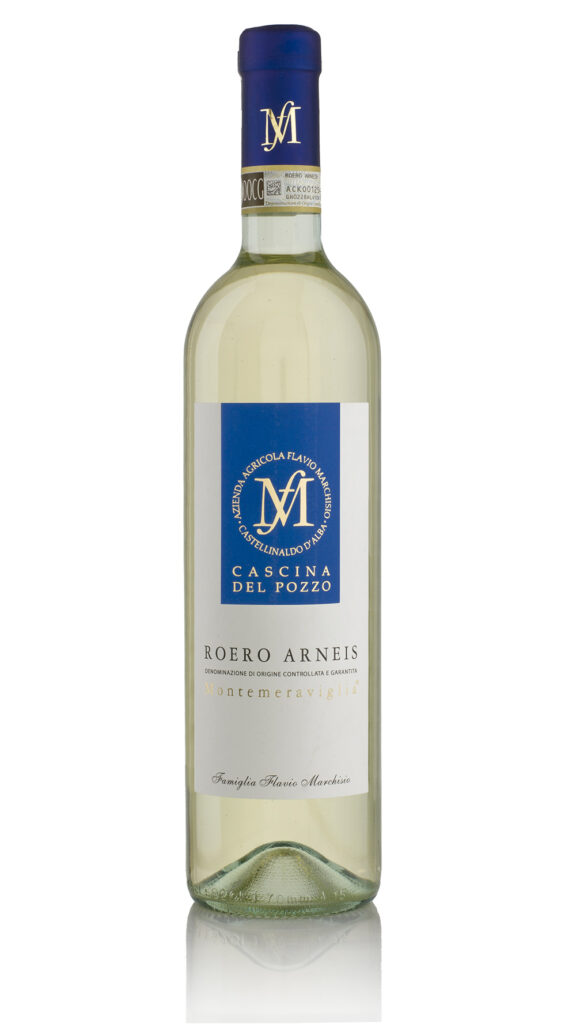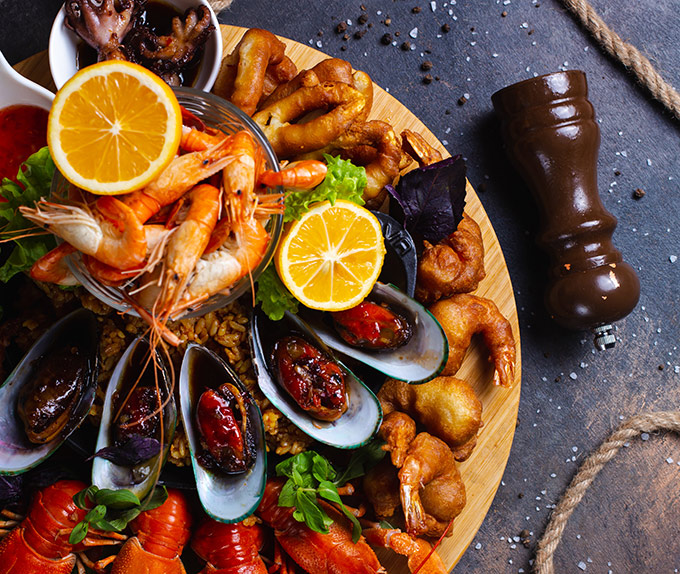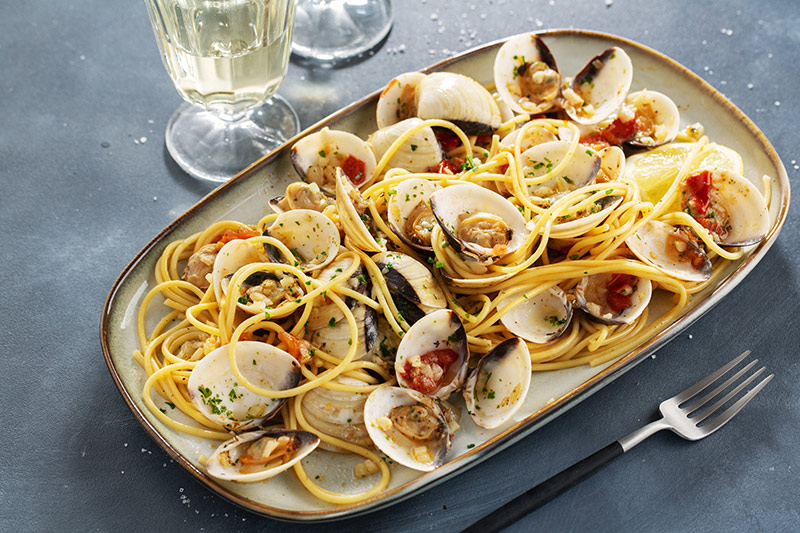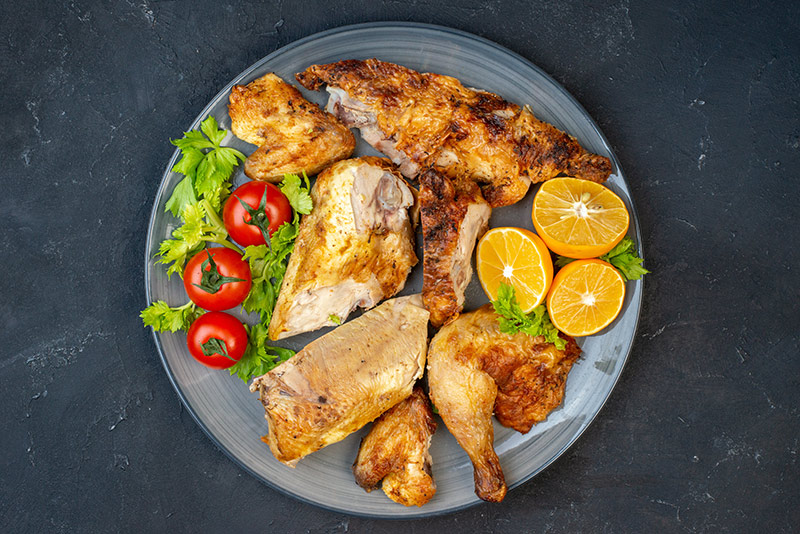Roero Arneis
Montemeraviglia
First vintage: 1996
ROERO ARNEIS is the most representative white wine for us; the production area is about 8 hectares. produced from more than 20 vintages, Arneis is still made with the same vinification as the first vintage: soft pressing, fermentation and vinification only in temperature-controlled steel tanks. The intense aromas of this wine are the result of constant effort in the vineyard but especially in the cellar during winemaking. After fermentation, the Arneis is left on the fermentation bottoms for 4-5 months practicing periodic batonnage.

ROERO ARNEIS
Montemeraviglia
Arneis
| Grapevine | 100% Arneis |
| Production area | Castellinaldo d'Alba - Roero |
| Land | Sandy with low percentages of flax and clay |
| Exposure / Altitude | 280 - 330 m |
| Breeding / Pruning | counter-espalier / Guyot |
| Planting density | 4,500 to 5,000 vines per hectare |
| Yield per hectare | 70hl |
| Harvest | Manual in early September |
| Vinification | Soft pressing; alcoholic fermentation in thermoconditioned Inox; maximum regime 17°; oxygen protection. |
| Refinement | 6 months in stainless steel barrels with periodic batonnages |
| Bottles per year | 30.000 |
| Pairings | Crustaceans, fish dishes and white meats |
| Formats | 0.75L - 1.5L - 12L |

Frequently Asked Questions
Curiosities and questions about Roero Arneis Montemeraviglia and related concepts
Vineyard: Monticelli

Pairings
Crustaceans

Favorita pairs well with shellfish. The following are some classics that are well compatible with this label:
Fish starters

Favorita is also ideal with fish first courses. The following are some examples:
White meats

Favorita also goes well with white meats. The following are some examples:



